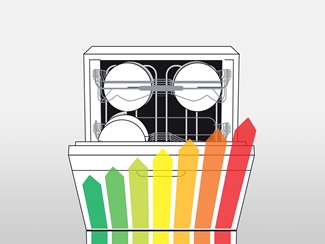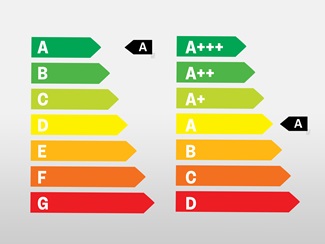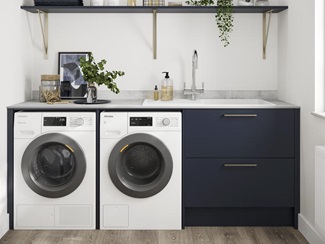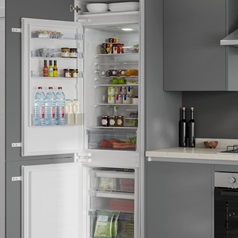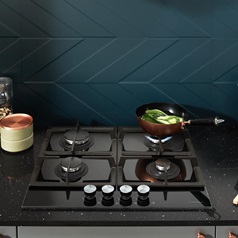
Kitchen Buying Guides
Appliance Energy Rating Guide
From 1 March 2021 there will be changes to the way energy efficiency is rated for many household appliances, with ratings changing for refrigeration, dishwashers, and laundry equipment. To make it easy, read this step-by step guide on understanding appliance energy ratings so you know how to choose the right model for your home, lifestyle and household bills.



